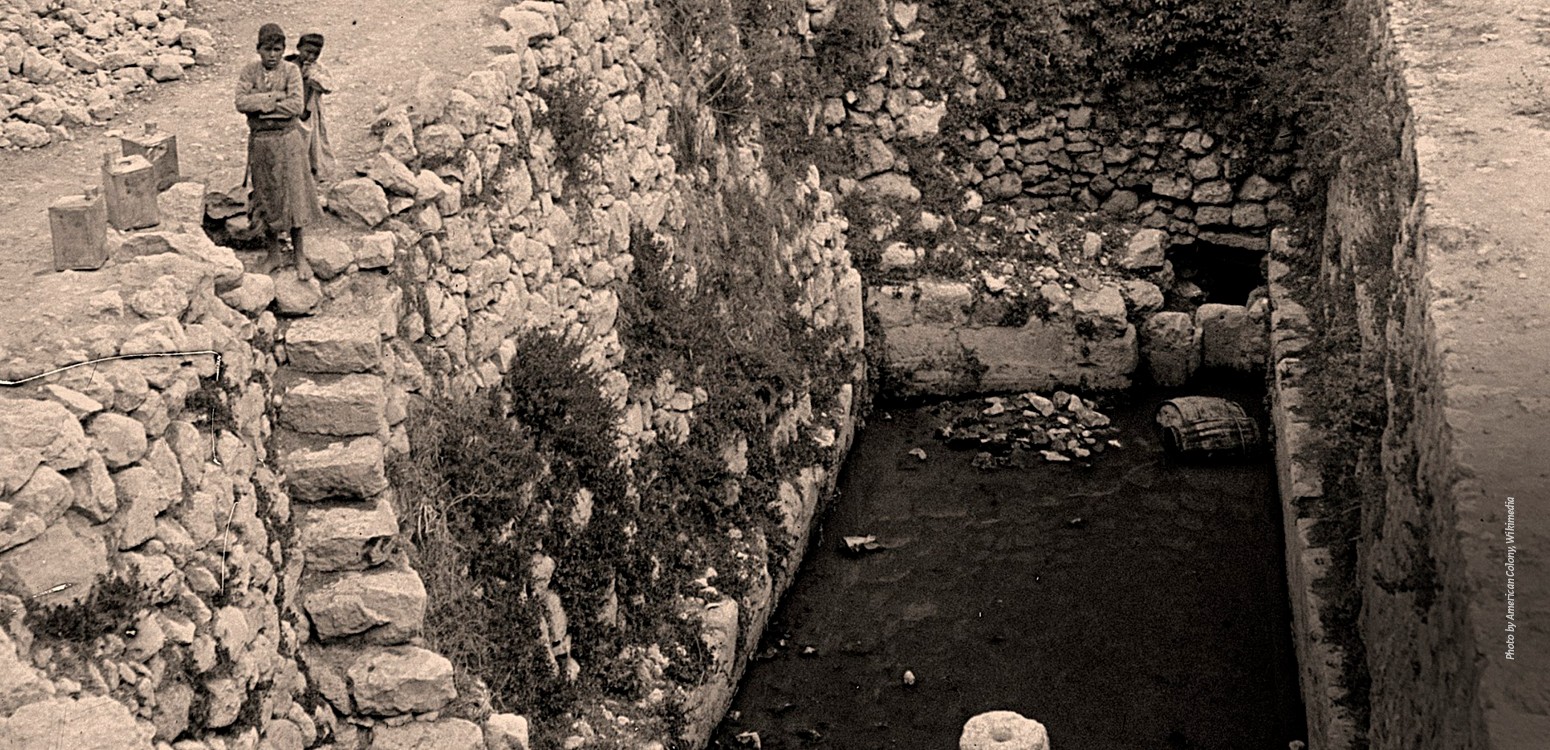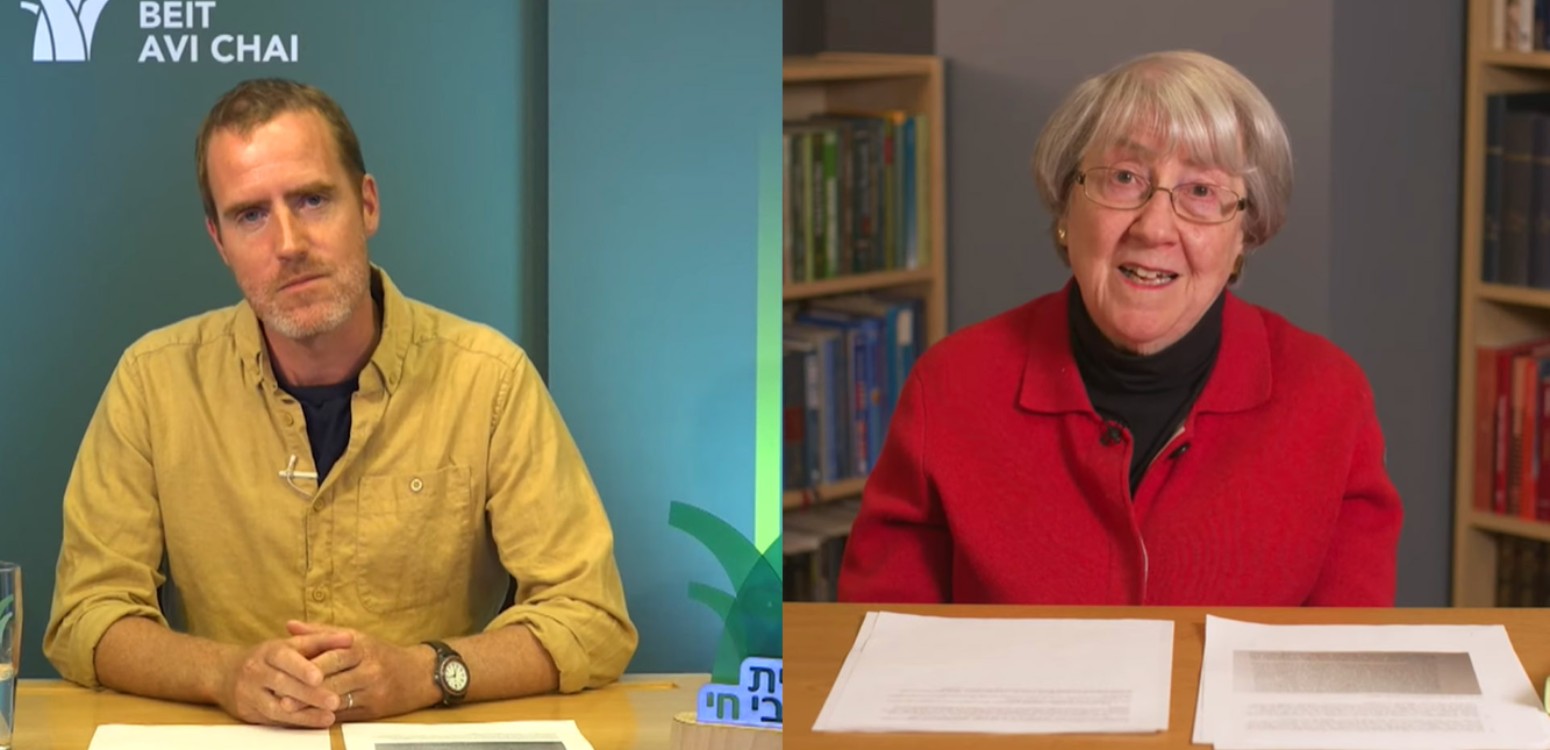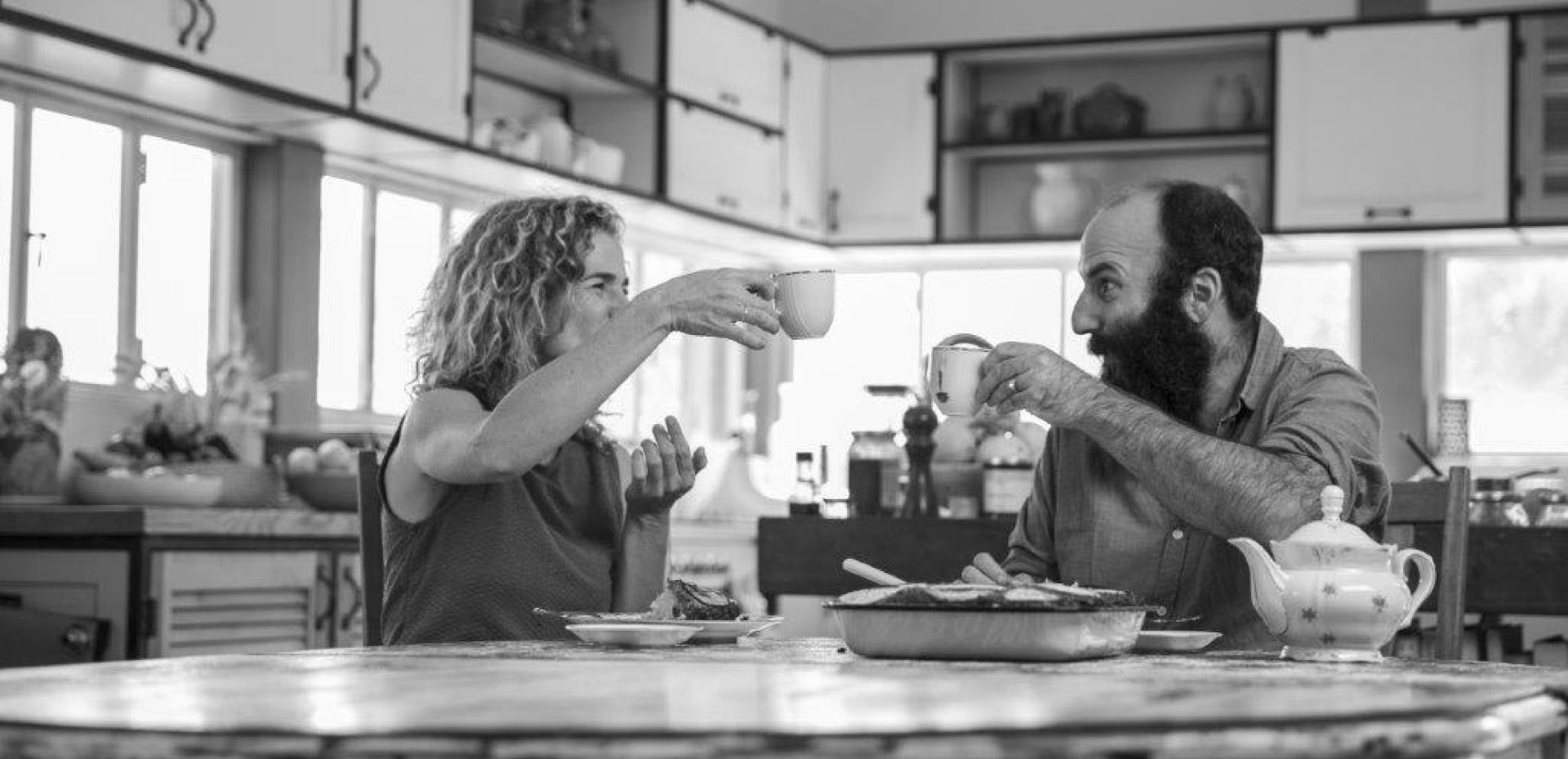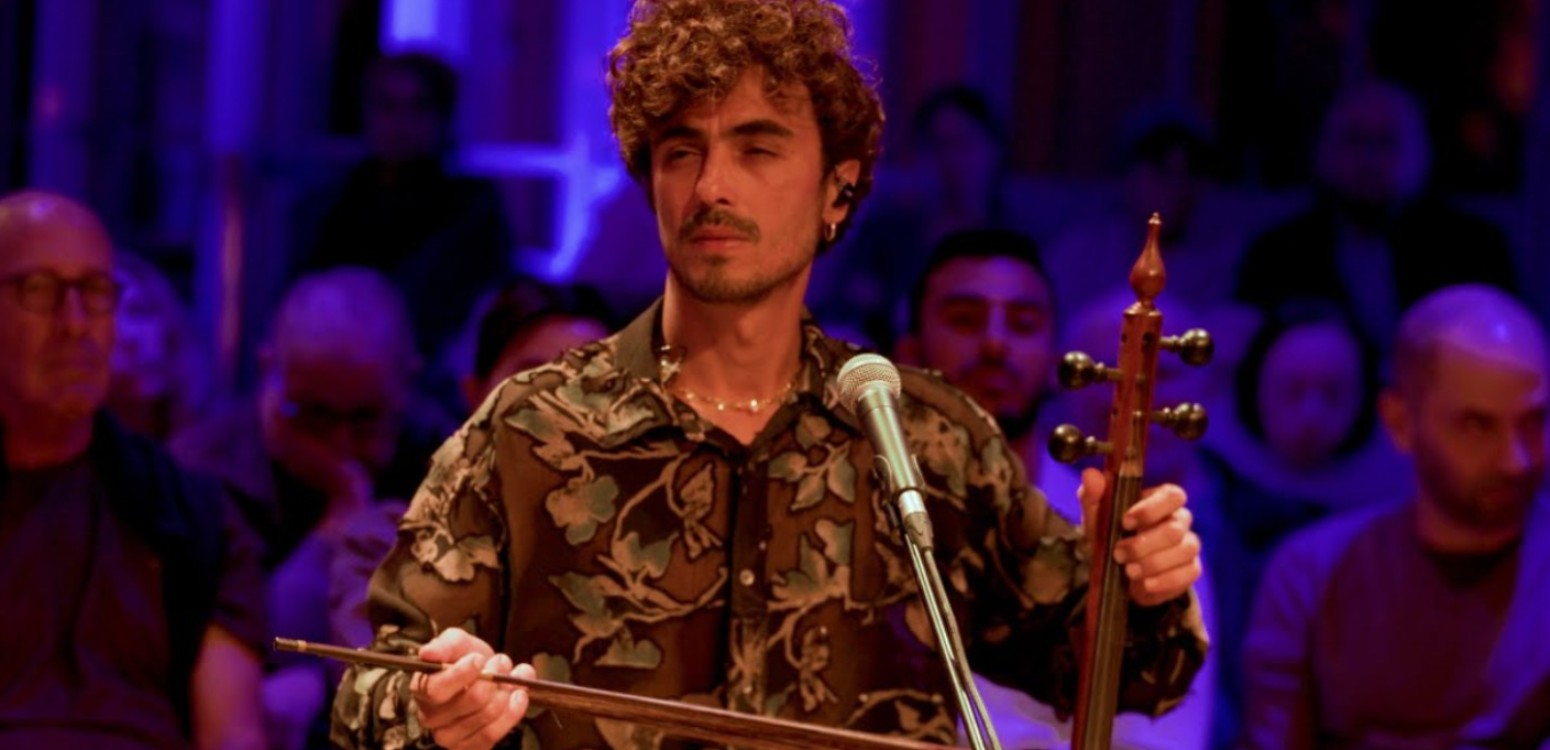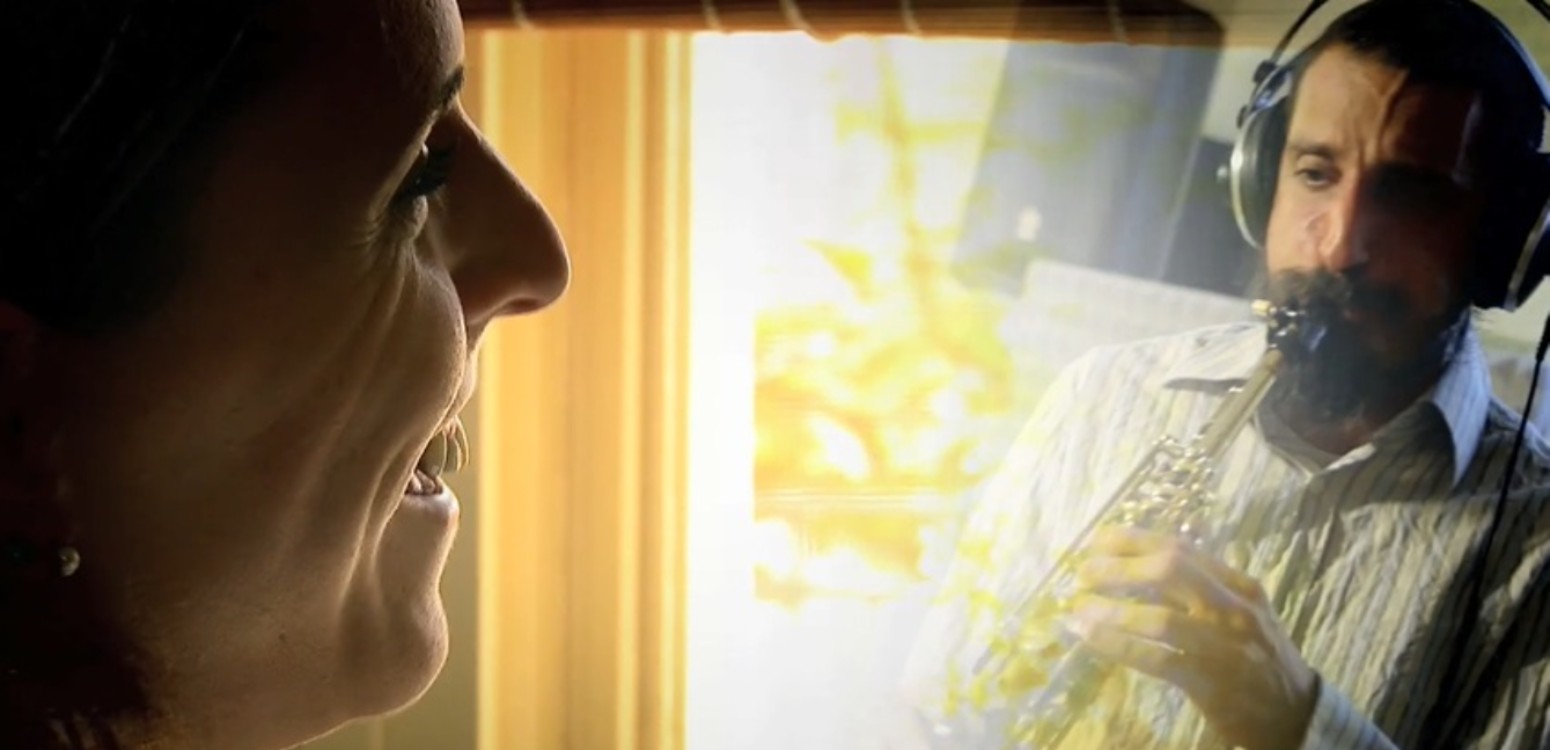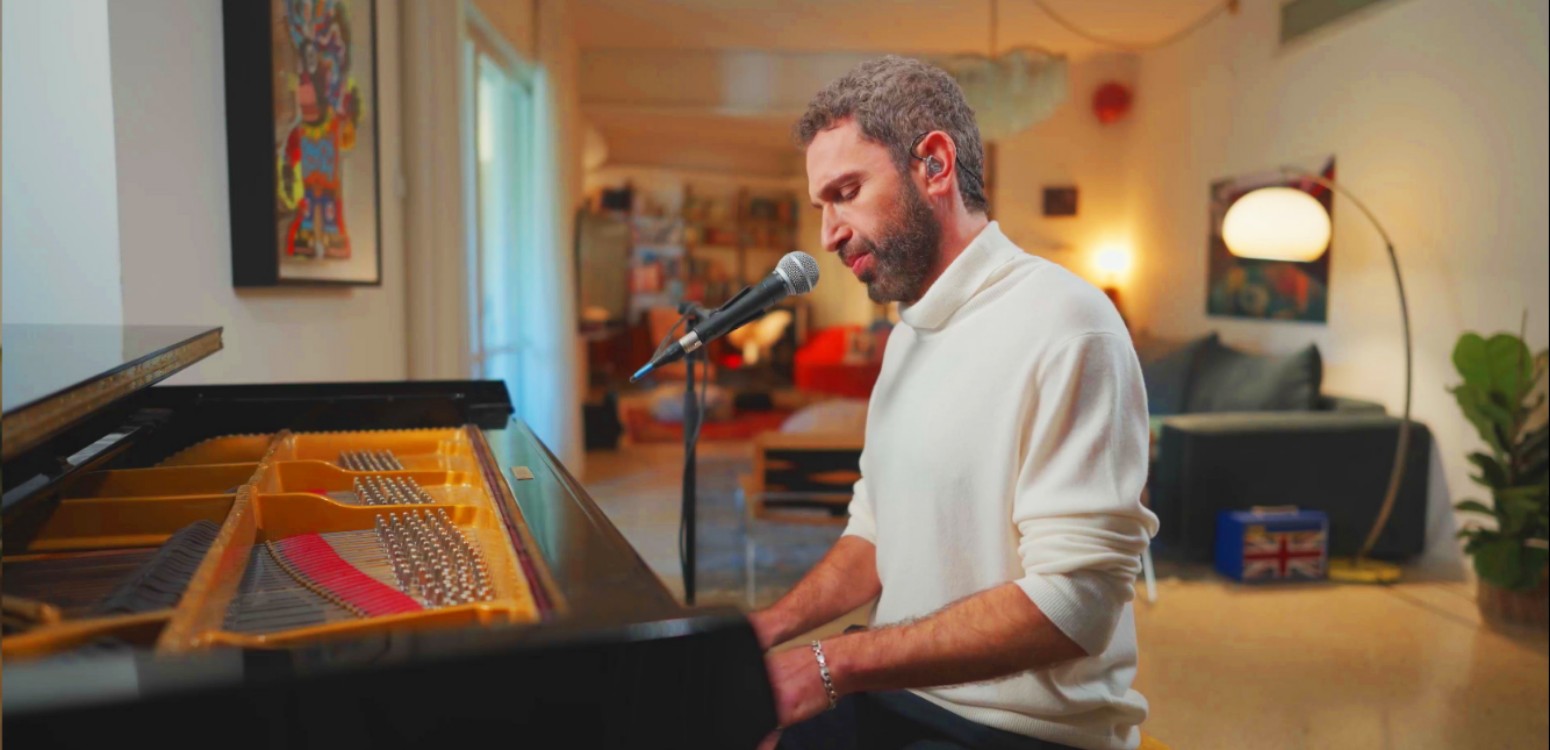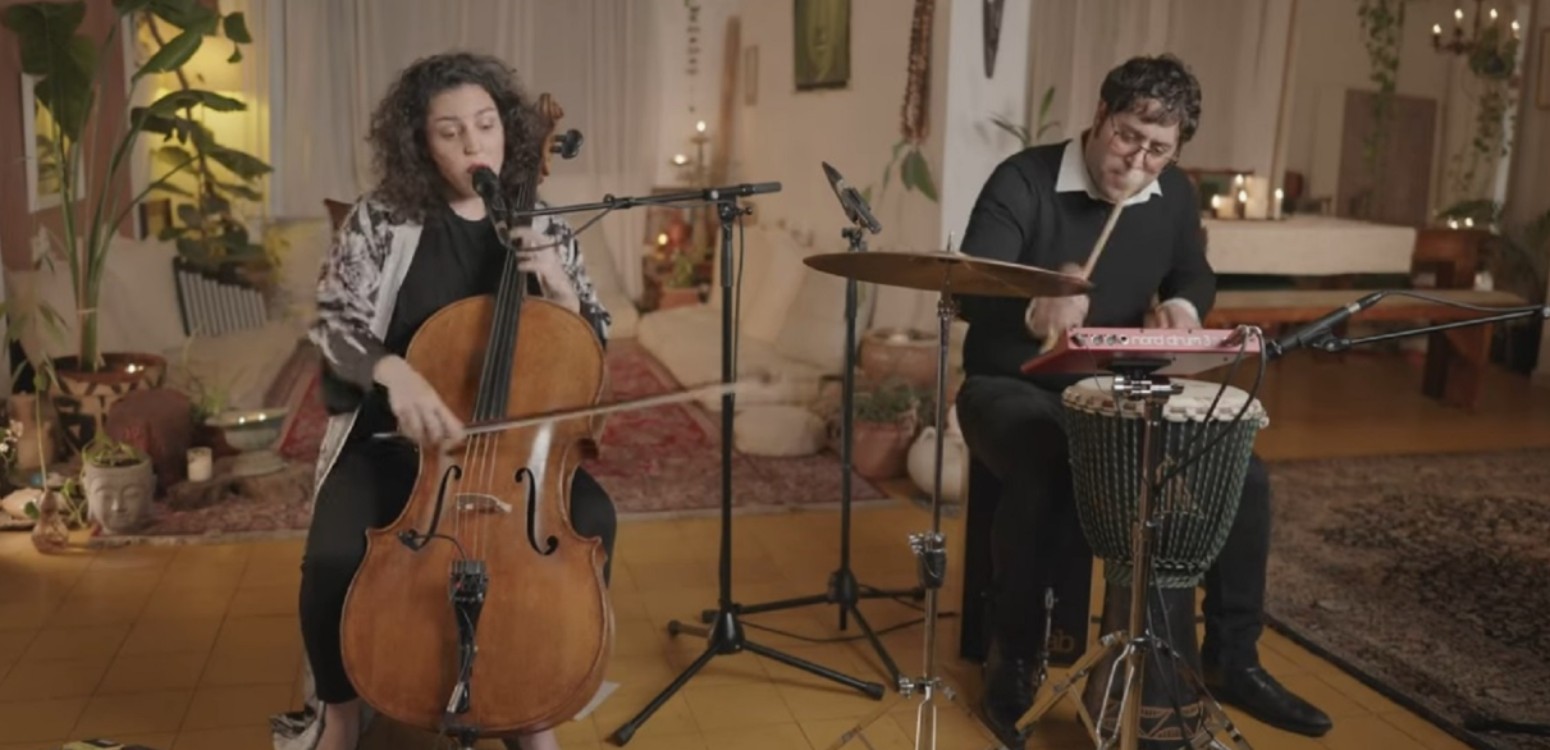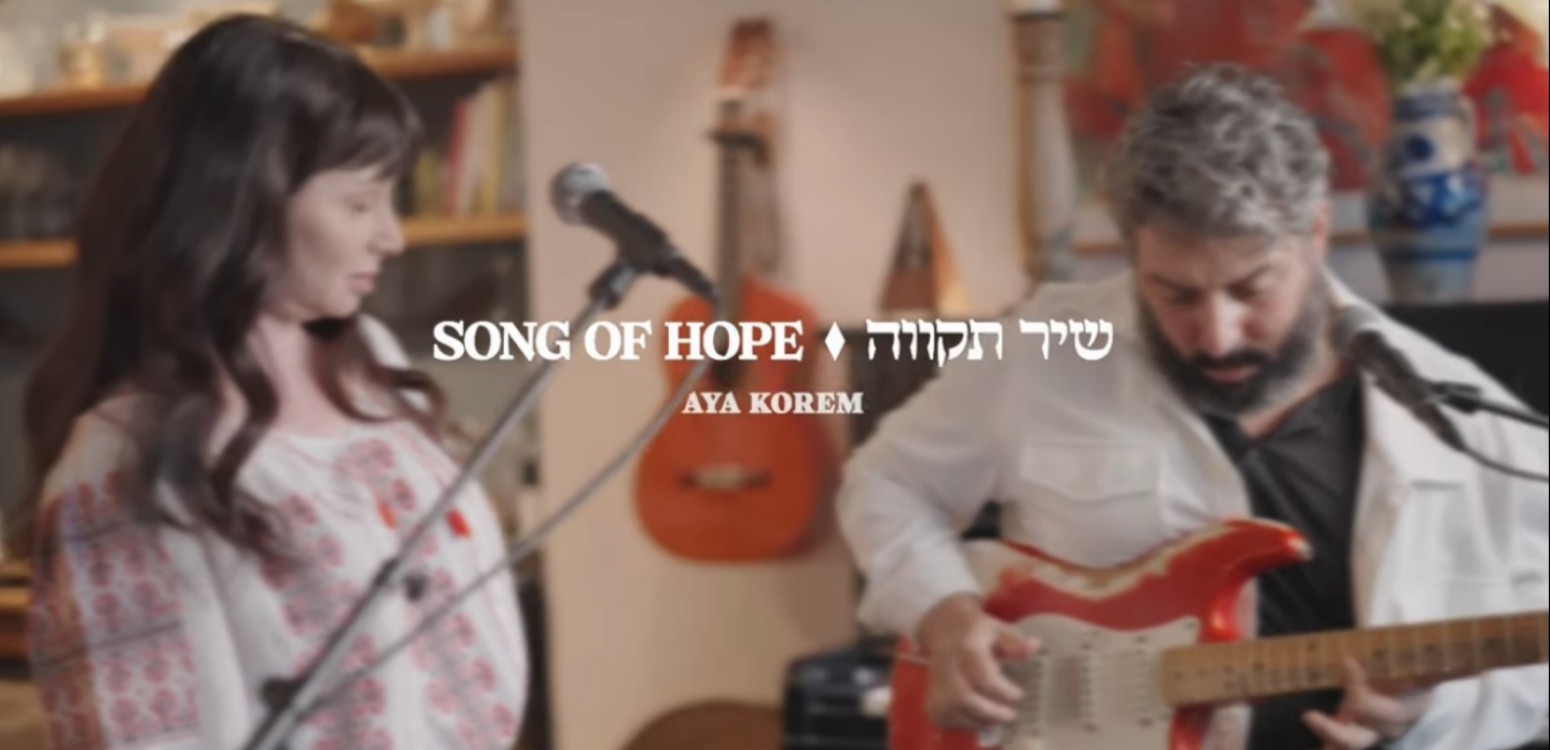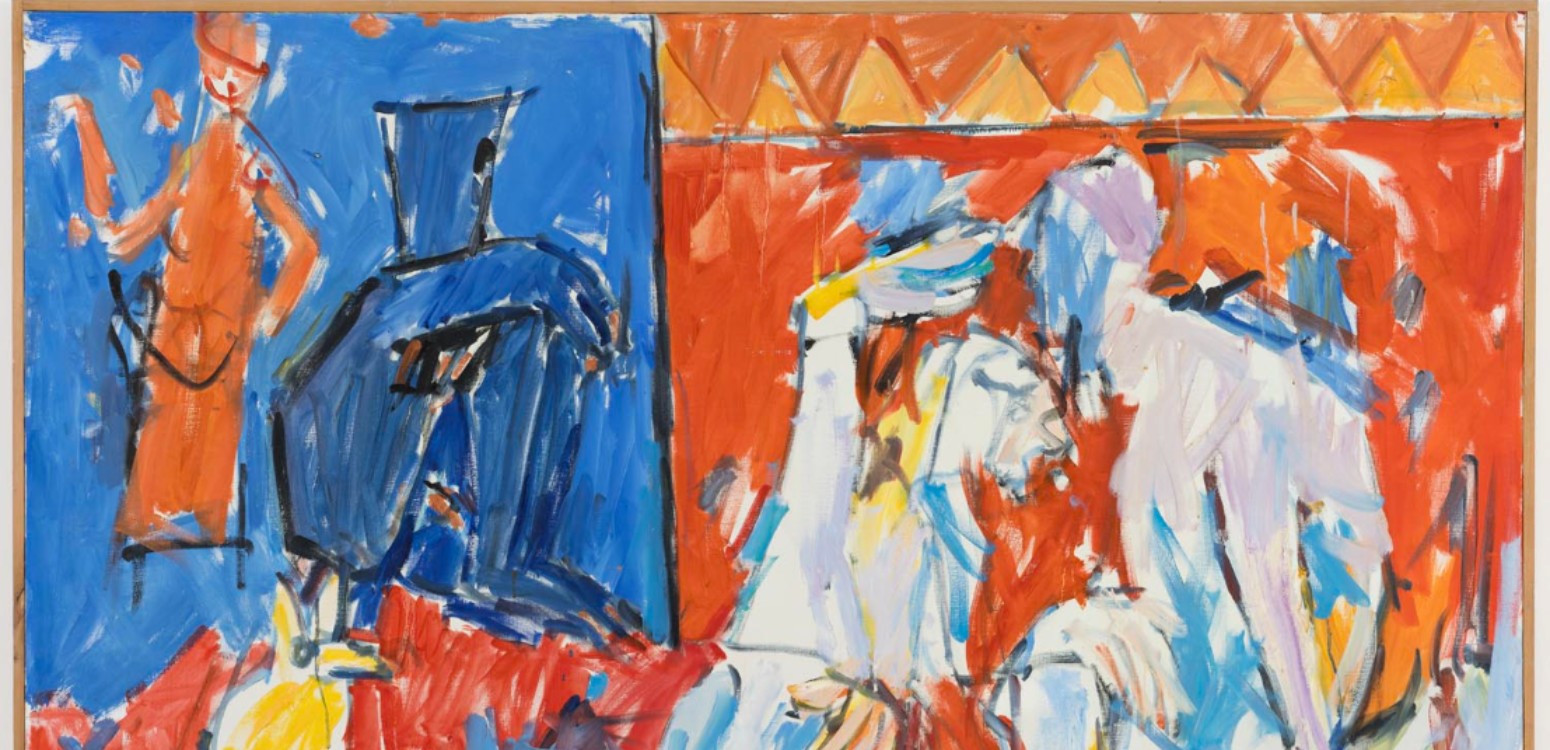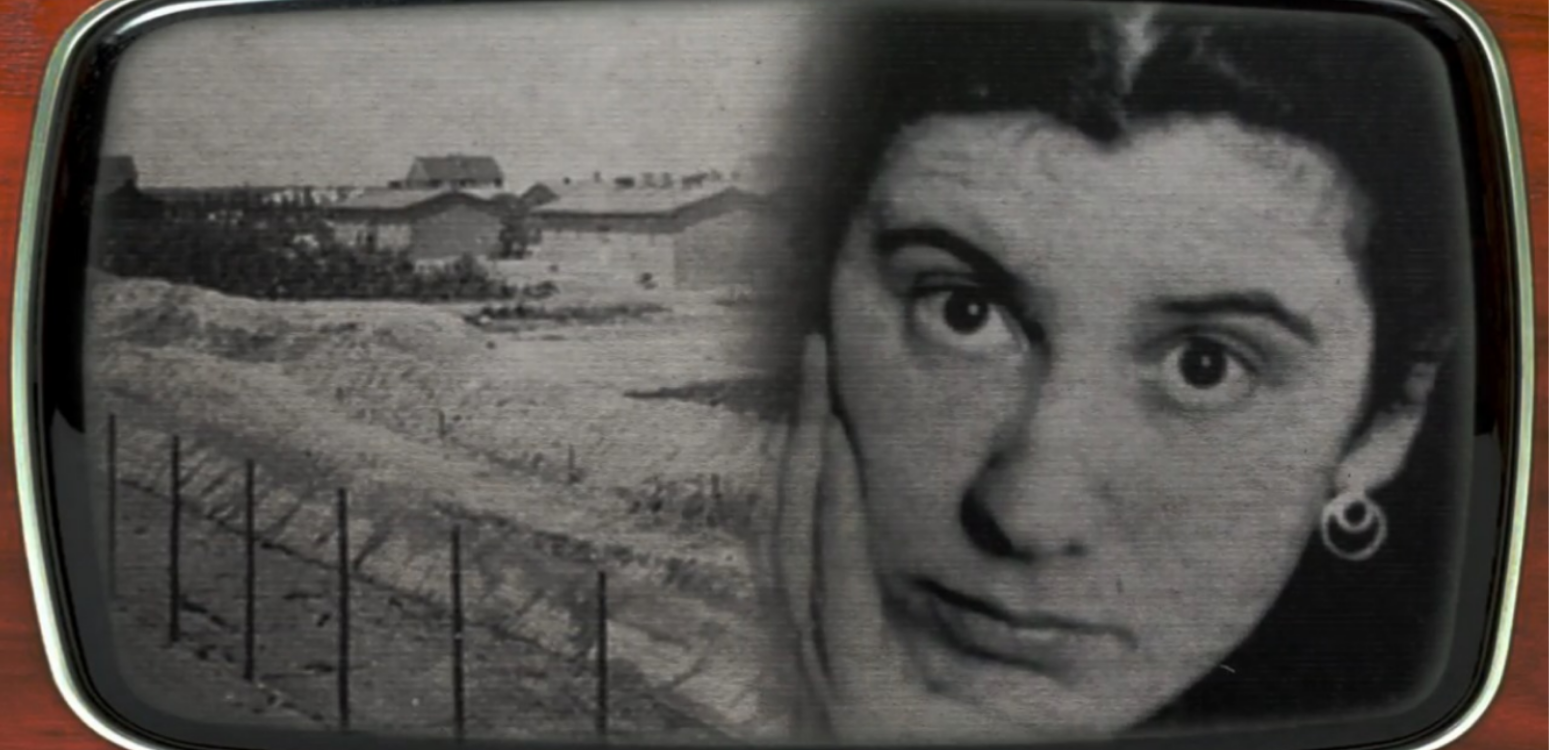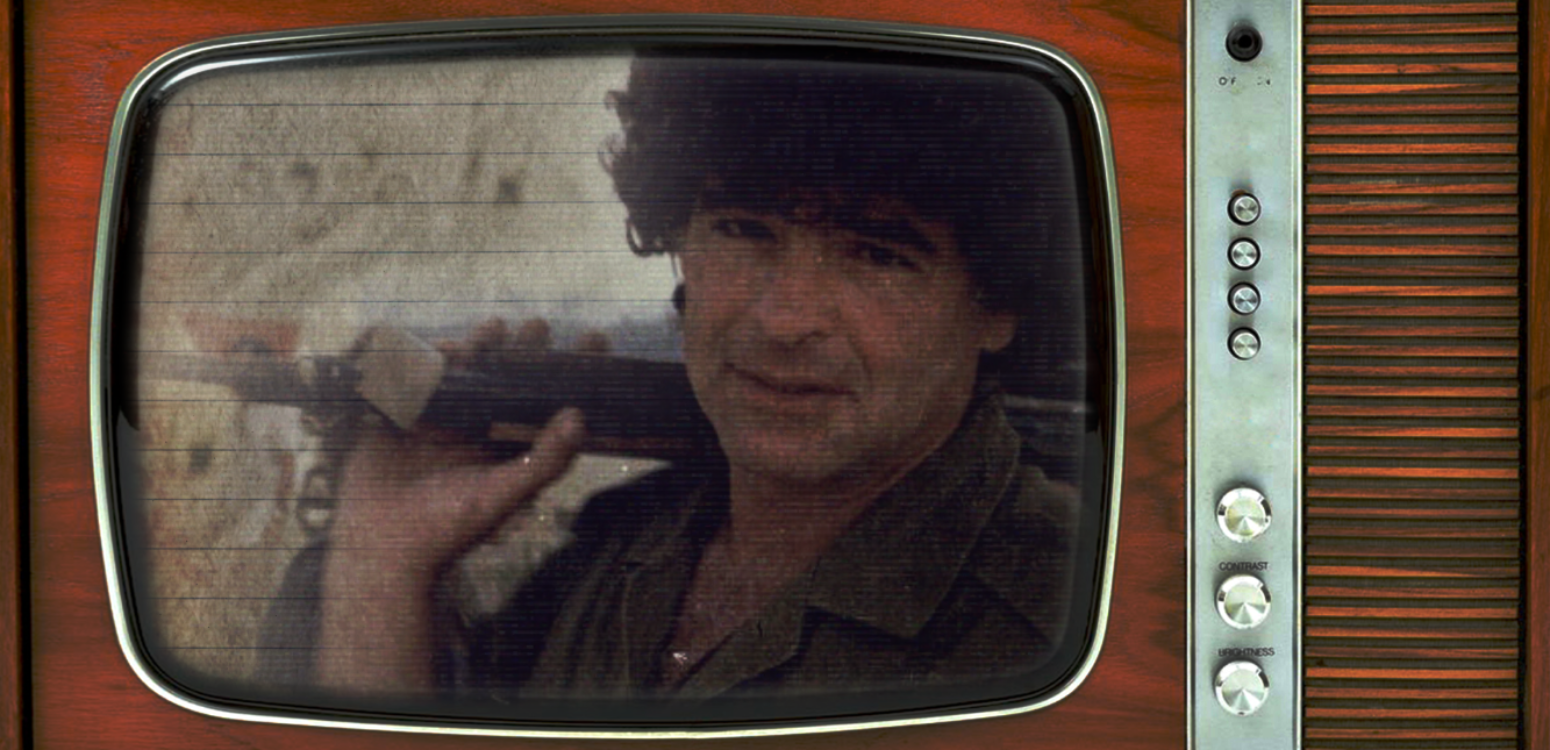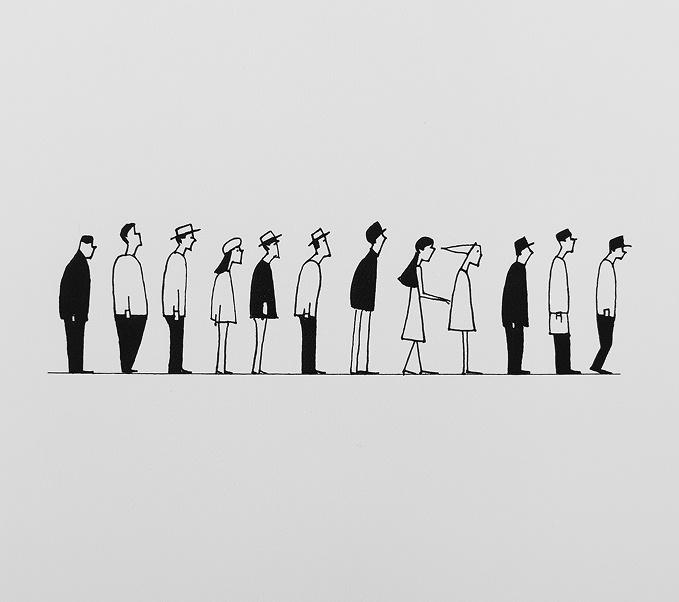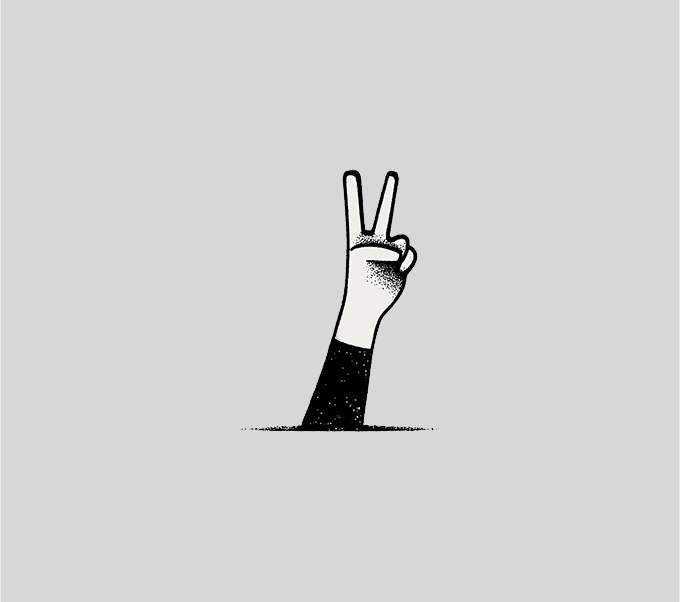“Life’s small problems are meant for the righteous, because religion and God are here to solve the big problems.” Anthropologist Prof. Yoram Bilu explains the deep need for visiting the tombs of the righteous
Whether for matchmaking, healing, or religious strengthening – visiting the tombs of Tzadikim (the righteous, such as biblical figures and later spiritual leaders) is a widespread phenomenon in Israel. However, its psychological roots are more ancient and profound than it appears.
Israel Prize laureate Prof. Yoram Bilu recently held a Hebrew-language online lecture series at Beit Avi Chai titled “Pilgrimages and the Rituals of Tzadikim”, which was the perfect opportunity to speak with him to understand what draws us to these tombs, what needs they fulfill, and what connects Jewish monotheism, the Kinneret Cemetery, and the tomb of Rabbi Shimon Bar Yochai.
As a professor of psychological anthropology, what do you see as the source of the need to visit the tombs of the righteous? Is it about the difficulty of coping with the loss of exemplary figures?
“If we begin analyzing this phenomenon from a broad, distant perspective, we can suggest – albeit speculatively – an answer to the question why religion became, from an early stage of humanity, an institution that people cannot do without. Since religion is a universal phenomenon, we can assume it stems from some deep need. I think the need to believe is truly innate in us. It may arise from the fact that humans are the only creatures in nature aware of their own mortality.
“One of the central issues religions address is coping with death – partly through creating the notion of ‘afterlife.’ Religion provides a language where life continues after death, where body and soul are separated, so even if the body perishes, the soul can remain eternal. This might be how religions formed. If so, people who lived exemplary lives, the righteous who were chosen by God and sit near His throne, as it is written ‘the righteous are called living even in death,’ especially embody the belief in life after death. Not only do all souls exist somewhere after death, but the souls of the righteous among them, having lived exemplary lives and being near God’s throne, can continue serving as intermediaries between us and God.”
And how does this relate to Judaism?
“This need for mediation is more significant in monotheistic religions. In monotheistic faiths, God is all-powerful but distant – in Islam more than in Judaism, and in Judaism more than in Christianity – but distant in all of them. Therefore, believers in monotheistic religions don’t dream about God. Someone once conducted research showing that even mental health patients in psychiatric hospitals don’t have dreams where God appears because God is incorporeal, but Rabbi Shimon Bar Yochai, for example, does appear in dreams. Thus, especially in religions where God is most abstract and distant, like Judaism and Islam, we find pilgrimages: people visit the tombs of the righteous seeking help with their various life problems.”
I assume they do this also because believers don’t want to “trouble” the great God with every small problem.
“Yeshayahu Leibowitz (1903-1994) used to say ‘God is not a health clinic.’ It’s insulting to treat God like a family doctor. Although people daily turn to God for everything, pilgrimages to tombs, the cult of the righteous, allow engagement with these problems. Believers travel to Mount Meron, to Rabbi Shimon Bar Yochai’s tomb, and ask the righteous to help their son pass his math exam; or their sister succeed with her thesis; or their mother be saved from a serious illness; and so on. Life’s mundane problems are meant for the righteous, because religion and God are here to solve the big problems we began with: questions about the soul’s immortality, reward and punishment, and all those beautiful things. Ultimately, what builds the fabric of our lives are the small problems, which is why these places are necessary for believers.”
And what about secular people? Do they also have tombs of the righteous?
“I argue that we also have secular saints.”
The Kinneret Cemetery, for instance, is a pilgrimage site in every sense.
“Certainly, the Kinneret Cemetery is the temple of Eretz Yisrael HaOvedet (‘The Working Land of Israel’) created by the cooperative settlement movement. Buried there are Rachel the poetess, Naomi Shemer, and many founding fathers and mothers of Zionism. In recent years it has declined in prominence, just as Tel Hai and Masada have declined as Zionist pilgrimage sites. In the series, I discussed a lesser-known, marginal place: the Cave of Nicanor. This is an ancient burial cave from the Second Temple period discovered when the Hebrew University campus was built on Mount Scopus. Menachem Ussishkin, the Zionist activist and chairman of the Jewish National Fund, brought there the remains of one of the most important Zionist thinkers, Judah Leib Pinsker, and several years later was himself buried in the cave. Ussishkin intended to turn the Cave of Nicanor into a ‘cemetery for the nation’s greats,’ but then the War of Independence broke out, and the whole project moved westward: Mount Herzl was established, which is an amazing temple in terms of effectiveness; it’s the pantheon that symbolizes, alongside Yad Vashem, the Israeli story of ‘from Holocaust to revival.’ The entire Zionist story is engraved in this place. The Cave of Nicanor, like Mount Herzl, exemplifies how powerful sacred places are created. Mount Herzl is the mountain of sacred knights protecting the nation-state, and watching over them from his grave at the top is Herzl, the prophet of Zionism, the visionary. In other words, what Zionism did was take the religious symbolic system and give it secular meaning, if it can be called secular at all.”



